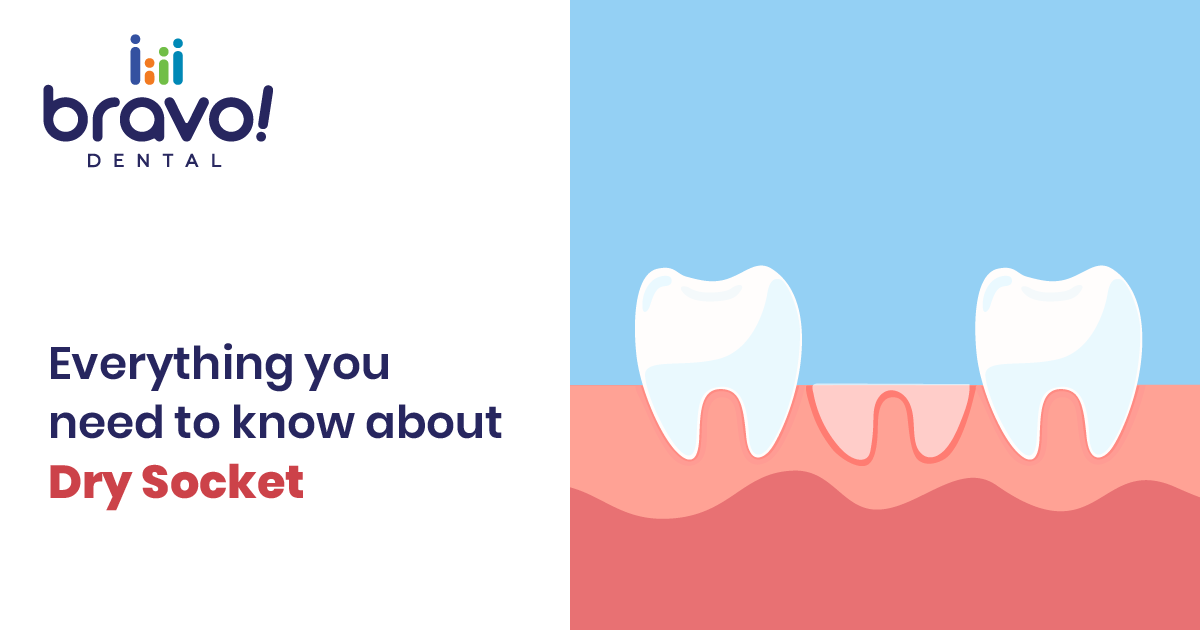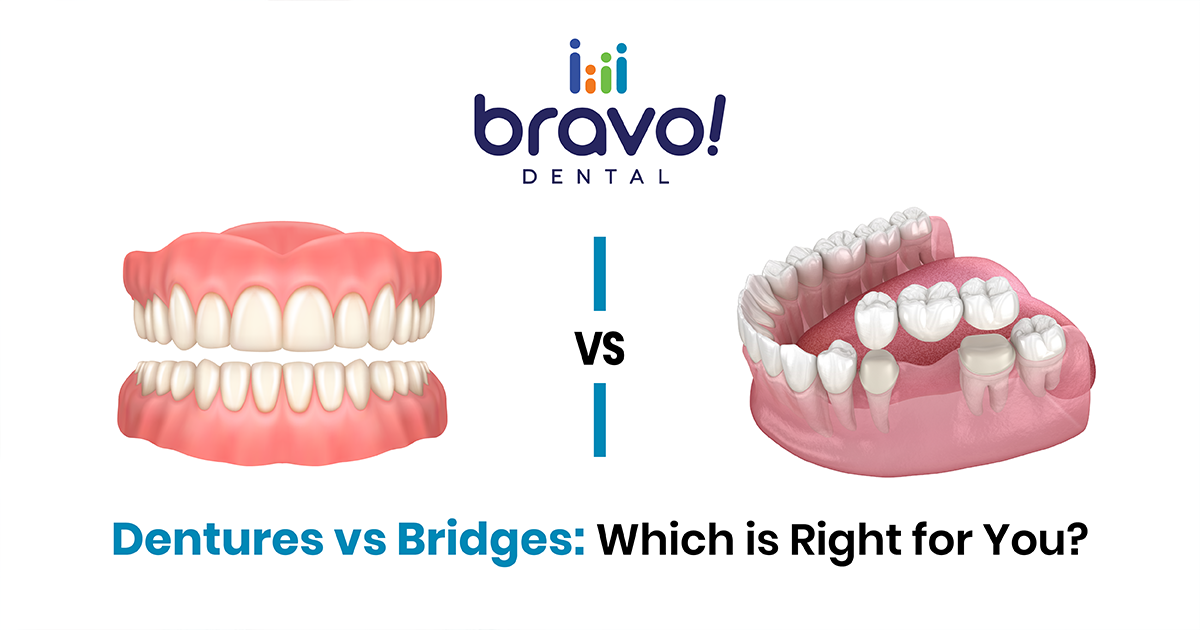
You might have pulled a tooth recently and thought that’s it. Your gums would heal on its own. However, if you put off routine dental care simply because everything seems good, you risk experiencing severe pain that may even deteriorate over a few days and result in a dry socket or alveolar osteitis.
What is a dry socket?
A blood clot usually forms after a tooth is extracted from the bone and gums to shield the wound in your gums while it heals. Dry socket might develop if the blood clot does not form properly. Therefore, it’s critical to seek dental care if you have a dry socket since it might expose the nerves and bone in your gums.
Who is most likely to get a dry socket?
After tooth extraction, some people might be susceptible to developing a dry socket. There are also other reasons one can get dry socket and they are those who:
- Smoke
- Have removed their wisdom teeth.
- Experienced severe trauma during the extraction procedure.
- Take contraceptive tablets.
- Possess a history of dental issues.
- Have already experienced a dry socket after an extraction.
What are the symptoms of dry socket?
Dry socket symptoms and signs might include:
- Continued intense agony.
- An empty-looking (dry) socket at the site of the tooth extraction.
- Bone visibility.
- Pain that extends to your ear, eye, temple, or neck.
- A bad breath or taste.
What are the treatments for dry socket?
The treatment of dry sockets typically involves managing the pain and promoting healing of the affected area. The dentist will first clean the tooth socket, clearing it of debris, then fill it with a medicated dressing or healing paste. Once the socket starts to heal and your pain subsides, you’ll likely need to return to the dentist’s office every few days for a dressing change.
The dentist may prescribe antibiotics to stop the socket from becoming infected. It is advisable to daily rinse your mouth with salt water or a specific mouthwash to treat it at home. Additionally, it is important to practice good oral hygiene, avoid smoking or using tobacco products, and avoid consuming hot or spicy foods or drinks.
What preventive measures should we take?
The best way to prevent dry sockets is to follow the dentist’s instructions for aftercare following a tooth extraction. This may include avoiding drinking through a straw, avoiding smoking or using tobacco products, and following a soft food diet for several days after the extraction. Good oral hygiene, including brushing and flossing regularly, can also help prevent dry sockets.
Conclusion
In conclusion, a dry socket is a painful dental condition that can occur following a tooth extraction. While the exact cause is unknown, several factors may contribute to its development as previously mentioned. If you experience any of the symptoms given above, seek your dentist immediately to manage the pain and promote healing. Our experts at Bravo! Dental are always here to help you.
happy to hear from you, contact us
Fill out the contact form below and Feel free to send any question or query.




